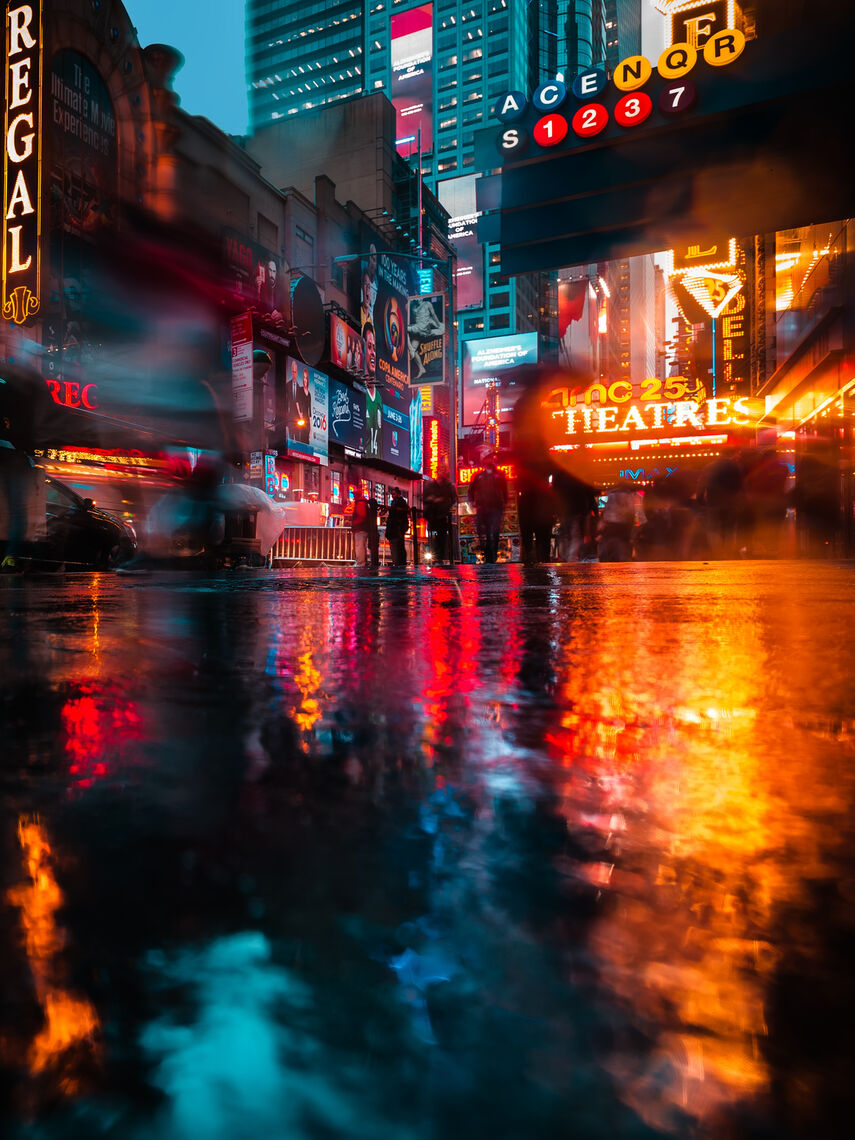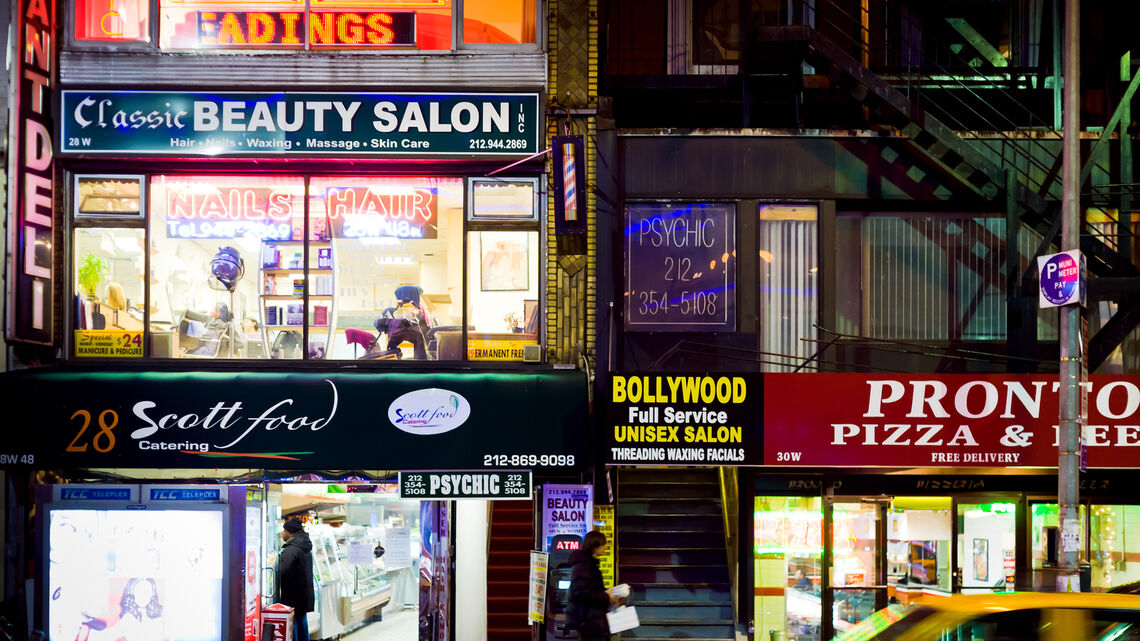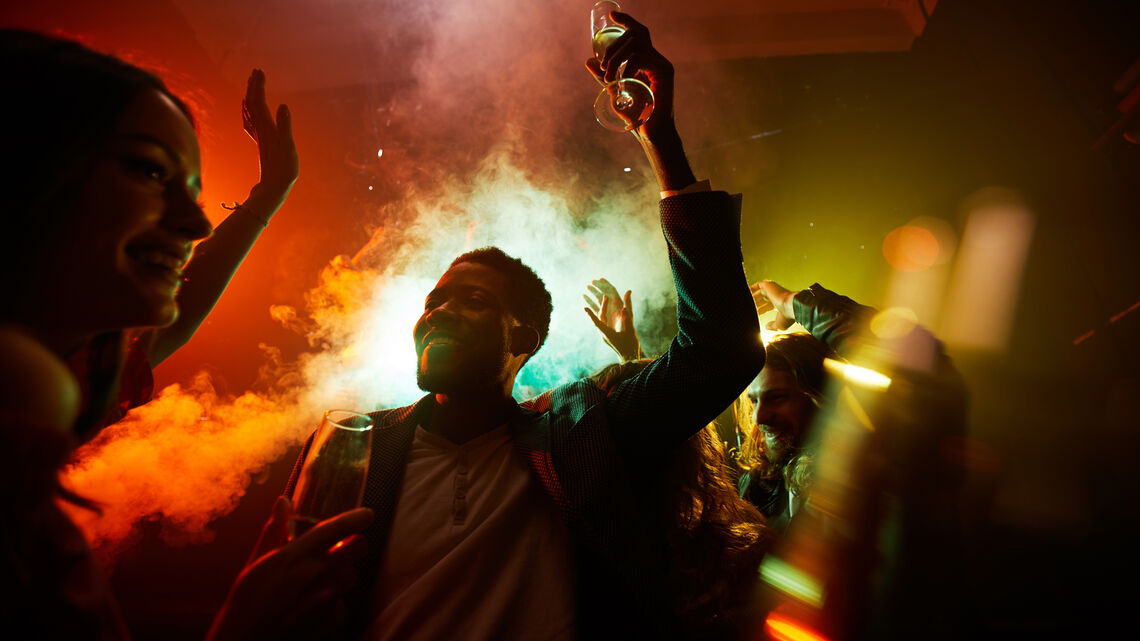NYC Nightlife Economic Impact Study
The allure of nightlife in the City has been a beacon for generations of residents and visitors alike. Often born in the margins by the marginalized, the cultural and economic impacts of New York's nightlife activities have indelibly shaped the City's fabric, if not the world's. For the creatives and workers that have contributed so much to the vitality of the five boroughs - not to mention a multi-billion dollar industry - how now can the City support and uplift them in turn?

Overview
The Office of Nightlife engaged Urbane to take part in the first-ever economic impact study of the sector in the City and uncovered not only a nighttime economy that generates $35.1 billion in total economic impact, but also the challenges - and opportunities - lurking beneath the staggering figure.
Mayor's Office of Media and Entertainment (MOME)
2018
Mixed Methods Research
Data Capture and Analysis
Stakeholder Engagement Design
Data-Based Recommendations

Synopsis
In the summer of 2017, Mayor Bill de Blasio announced that the Mayor’s Office of Media and Entertainment (MOME) would support the City’s diverse nightlife community with a department dedicated to its management, the Office of Nightlife, and its first “Nightlife Mayor.” In the subsequent spring of 2018, MOME selected a consultant team consisting of Urbane, Econsult Solutions, Inc. (ESI) and the North Highland Company, to undertake the first-ever economic impact study of the nightlife sector in New York City. The findings of the recently published report, as cited in the Wall Street Journal, Billboard, Crain’s New York Business, and other publications, uncovered a nighttime economy that generates $35.1 billion in total economic impact and supports nearly 300,000 jobs between the hours of 6PM and 6AM. The full report can be accessed and reviewed on MOME’s website. This includes not only activities that take place at what many typically construe as "nightlife, "namely bars and nightclubs, but also a fuller range of cultural and economic activities across age groups and personal preferences. These can include: taxi's and rideshares, Broadway shows and cultural performances, museums and art galleries, concerts and sporting events, gaming and e-sports, late night eats and shopping, as well as the informal and nascent activities popping off in every borough that could become tomororow's next billion dollar industry exported across the world.
Urbane was specifically tasked with developing and leading the team’s stakeholder engagement efforts, including primary data collection and analysis, with an eye on the opportunities and challenges facing a diverse cadre of individuals and organizations that participate and contribute to New York City’s nightlife vibrancy. Our outreach included over 65 interviews, including artists, business owners and operators, city and state agencies, community boards, employees, industry and thought leaders, and various professionals within the nightlife sector. This was complemented by a two-pronged survey approach that achieved over 1200 responses, targeting residents and non-residents in all five boroughs, as well as those that work in and contribute to the nightlife industry, inclusive of artists, employees, and owners/operators.

While the study found that nightlife jobs and wages are growing faster than the rest of the local economy, our engagement process also uncovered a myriad of challenges that the City must address for nightlife to continue to be a driving economic and cultural force, as well as an asset for human capital attraction. The escalating costs of living and doing business have created disruptive effects for nightlife establishments and the creative professionals that call them home. The failure to retain these culturally significant spaces and the ensuing out-migration of artists has emerged as a threat to the nightlife industry writ large. These themes of affordability and financial insecurity were surfaced across the spectrum in both surveys and interviews, whether via the increasing commercial rent pressures faced by owners, the income instability and lack of benefits facing many artists and employees, and consumer preferences that prioritize cost-effective options as a driving force in their decision to take part in nightlife activities.
In addition to the robust data collection effort and the final report, other deliverables included a literature review of nightlife industry reports, white papers, newspaper and journal articles, and best practices both domestically and internationally, as well as data-based strategic recommendations and suggested actions for the Office of Nightlife.

